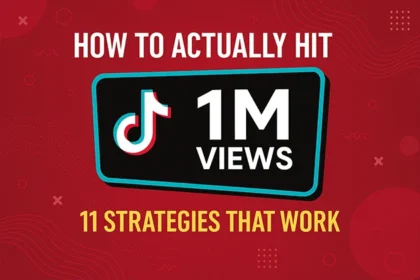AI and Machine Learning (ML) can help organizations find better workers, eliminate bias, and create a more efficient and available entire trip for the applicant. Organizations use this to boost their consumer organizational agility and to achieve sensible and scalable development procedures. It will not only help a wide variety of assessment activities in potential organizations. It will also ensure a smoother and more productive employee’s journey and improve organizations’ capacity to be agile and adaptable.
Yet one of the critical challenges that HR managers face is the connection between technology and data integration, which is best used for many business professionals to solve. There is a need to connect and integrate the information points so that AI and automation work efficiently so that a continuous feedback loop exists.
In the same way that an organization would like to learn the customer experience, it is essential to recognize an employee experience and to do these companies need a much more integrated landscape. For example, an organization can now visit a video assessment supplier on the recruiting side, perform a digital assessment, perform a paper evaluation, and conduct interviews where no data is recorded. In addition to the opportunity to automate all these processes and capture information through the entire recruiting cycle on a single platform, companies would be able to begin applying the learning to talent acquisition and preparation across human and artificial intelligence.
The fragmented technical landscape at HR is going forward. When this is discussed, most HR executives can extend their ability to take advantage of AI. HRs must be prepared to introduce platform-wide alternatives at any stage in the talent management process, such as assessment, L&D, or even when individuals exit the organization. A company must provide its employees with insights that drive critical factors of business achievement, such as efficiency, retention, and employee satisfaction.
There are two main aspects of AI use in HR that need to be known: error-free and sound ethics focused on how to use AI, and it must be HR-led.
AI Needs to be Error Free
The ethical framework should govern the use of AI in an organization and should be regulated by processes not explicitly related to the technology used. It may be a base of classified staff, an external advisory group, and the AI itself for auditing certain forms of AI. It is vital to make these values govern humanity, laws, and ethics. AI cannot be used in HR schemes by the technology department or by investor-led tech consultants alone to counter bias and diversity and ensure that the program is compliant and reliable and that the technology is accountable and explainable; the HR Director must also direct it.
Machine Learning Method for Recruitment
The machine learning technology can be instrumental in automating repetitive recruitment elements when properly used. If there is one thing that takes a lot of time, it is to write and position work adverts manually. To make matters worse, both activities still don’t even produce optimal outcomes for HR leaders. By utilizing the machine learning process, time can be saved, resulting in better outcomes. Manual CV screening is a comprehensive and repetitive activity to resolve this issue; there are different types of AI-driven CV screening tools available. Top candidates can be well-identified using pre-employment evaluation tools. Such tools come in many varieties and dimensions, but AI-driven uses machine information and teaching to help recruiters predict recruiting performance.
AI can fully enable an organization’s ability to utilize business performance knowledge. Still, an HR manager needs to ask the right questions, join forces, and make sure it follows broader strategic priorities to make the best impact possible.









